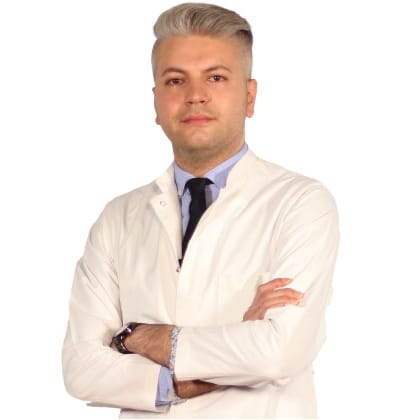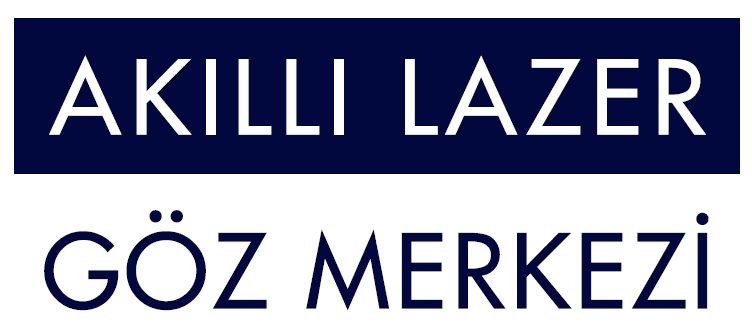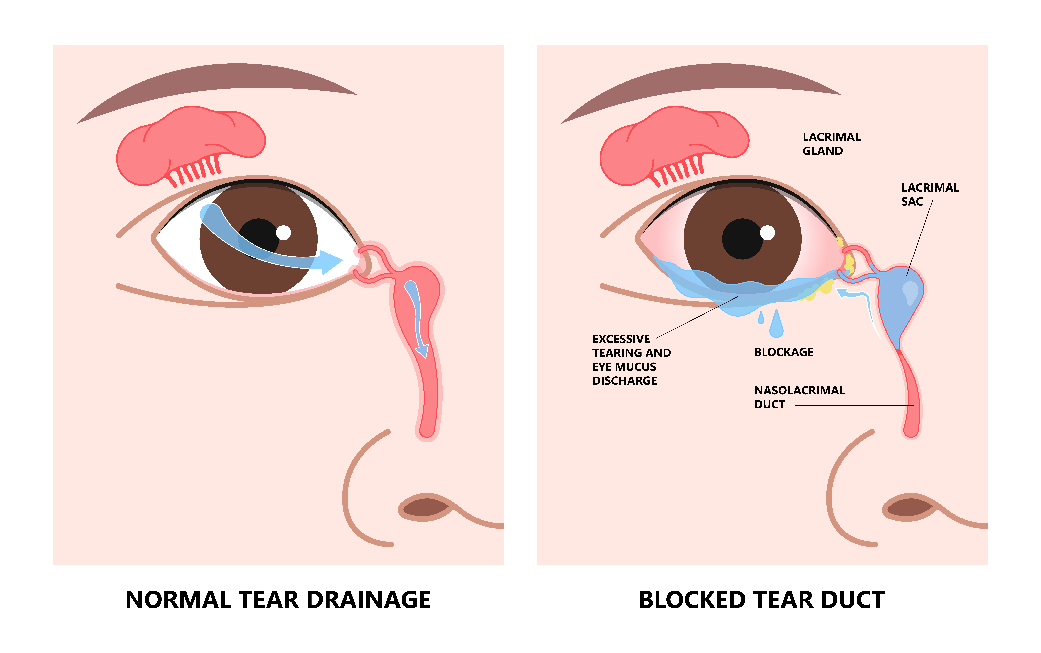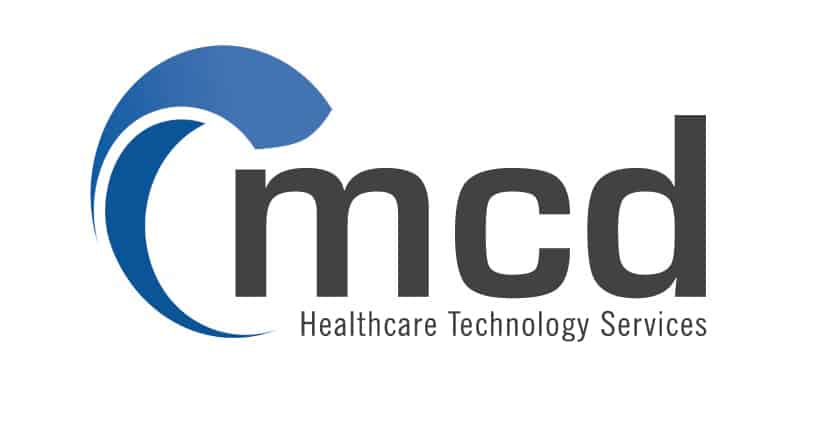Blocked Tear Duct Surgery
Blocked Tear Duct – DCR Surgery
What is the blocked tear duct?
The tear fluid produced by the lacrimal sac is conveyed to the nasal cavity through the tear ducts. Especially, a blocked tear duct occurs when the passage ducts on the nose cannot properly drain tear fluid from your eyes. Therefore when you have a blocked tear duct, you may have itchy, irritated, or watery eyes. In order to solve this unpleasant problem you can have blocked tear duct surgery. Sometimes babies are born with blocked tear ducts and do not usually need treatment as they open on their own. In adults, a blocked tear duct may heal on its own or you may need blocked tear duct surgery. With treatment, most people experience complete relief from symptoms.
What is blocked tear duct surgery (DCR)?
Especially, blocked tear duct surgery that creates a new path for your tears to flow between your eyes and nose. You may need this surgery if your tear duct is block. The procedure can be apply externally with an incision in the skin or endoscopically inside the nose without leaving an incision on the skin. Both methods are equally successful.
Blocked Tear Duct
Your eyelids each have a small opening that drains the tears produced by your eyes. Blinking directs tears towards these openings. From there, the tears drain into a small tube and then into the lacrimal sac. Especially, this lacrimal sac leads to the tear duct, which runs around the bony structures surrounding your nose and flows into your nasal cavity.
Blocked Tear Duct Symptoms
Symptoms are includes:
- Tears discharge from the eye.
- Pain in the tear duct or the area around it.
- Causes of a Clogged Tear Duct.
In most cases, the cause of a blocked tear duct is unknown. Other times, congestion can be caused by health issues such as:
- Anatomical problems you were born with.
- Chronic nose and sinus inflammation.
- Congestion caused by a tumor.
- Nasal trauma.
- Conjunctivitis.
Our eye surgeon will test the tear duct to determine if there is a blockage in your eye and what it might be.
What are the treatments applied in tear canal treatment?
Endoscopic DSR (Minimally Invasive)
During endoscopic DCR, your doctor has to manipulate the lacrimal sac to bypass the tear duct by creating a new opening directly into your nasal cavity. Especially, our eye surgeon creates an opening in the bone that covers the lacrimal sac by passing through the nasal passage under endoscopic vision. Accordingly, a connection is then creating between your lacrimal sac and your nasal cavity. Usually, our eye surgeon will insert a small tube to help keep the new tear duct open. In this way, your tear duct is restructured.
DCR (External Procedure) with an external incision
During a DCR operation with an external procedure, our eye surgeon creates an opening from your lacrimal sac to your nasal cavity. Accordingly, our doctor makes a small incision in the skin, under your eyes and near your nose. Through this incision, our surgeon creates a small opening in the underlying bone. This opening then connects your tear sac and nasal cavity. Our eye surgeon inserts a small tube to help keep the new tear duct open. Thus, your tear duct is restructured.
Why I need blocked tear duct surgery (DCR) ?
DCR Procedures are apply to relieve the symptoms of a blocked tear duct. Therefore a clogged tear duct may cause excessive watering or crusting around the eyes. If your tear duct is also infected, you may have the following symptoms:
- Swelling and tenderness around the eyes.
- Eye irritation.
- Mucus discharge.
Especially, not everyone with a blocked tear duct needs a DCR operation. Generally, this treatment is more common among adults. Therefore, our eye surgeon may recommend less invasive treatments first. These may include warm compresses, massage and antibiotics for an infection. Or the provider may recommend a procedure to try to widen the nasolacrimal duct. However, if your symptoms are severe, you may need a DCR operation.
Depending on the cause of your blocked tear duct, you may need other combined treatments. For example, if a tumor blocks your duct, you may need surgery for tumor.
Particularly, you may need to discuss with our eye surgeon what DCR alternative is best for you. Sometimes doctors can perform the procedure externally. Generally, a rigid tube inserted into the nasal cavity can be use in DCR surgeries. Therefore, be sure to consult our eye surgeon about the benefits and risks of all your treatment options.
What are the risks of blocked tear duct surgery (DCR)?
As with all surgical procedures, there are risks in the DCR operation.
- Abnormally fused tissue in the nose.
- Displacement of the tube placed in the canal.
- Excessive bleeding.
- Infection.
- Prominent facial scar (only available in external DCR application).
Although, it is also possible that DCR is not effective. In general, DCR surgeries are successful at an average of 95% to 98%.
Your risks may differ depending on your age, health status, and the type and causes of DCR performed. Talk to your doctor about all your concerns and the risks that apply most to you.
What happened during the blocked tear duct surgery (DCR)?
You must ask to our eye surgeon about what will happen during the procedure. The details of your surgery will vary depending on whether it is an external or endoscopic method. Usually, an Oculoplastic Expert eye surgeon will perform the external surgery or have an experience performing endoscopic DCR – either way, in general, you can expect the following during your surgery:
You may be awake during an external DCR surgery. You can take a medicine to help you relax. Our eye surgeon uses anesthetic-coated materials inside your nose to make sure you don’t feel anything. In some cases, you may also need an injection to numb the area.
In the external DCR operation, which is the other method, and during all endoscopic DCRs, you will need to take anesthesia to put you to sleep. Especially, you will be in a deep sleep throughout the surgery. Therefore you will not remember anything. Particularly, If you have had an external DCR operation, your incision will be close with stitches. No external sutures or nasal packing are place for endoscopic DCR.
What is the Healing Process After DCR Surgery?
If you are going to have external DCR surgery, be sure to ask our eye surgeon what to expect after surgery. To reduce the possibility of bleeding, your nose may need to be re-dressed and a tampon placed. In most cases of external and endoscopic DCR, you can go home the same day. Plan ahead for someone to drive you home after the procedure.
Be sure to follow our eye surgeon instructions about eye, nose, and wound care. You may need to take antibiotics or antibiotic eye drops to help prevent infection. Your doctor may also instruct you on rinsing the nasal cavity. You may also need other medicines, such as steroids and nasal decongestants.
It may be a little painful after the procedure, so you may have to take pain medication. It is normal to have some bruising around your eyes after an external DSR operation. No bruising around the eyes is expected after endoscopic DCR. Ask your doctor if there are activities you should avoid while you recover.
You will need your doctor to find out if the surgery is effective. Immediately after the procedure, your doctor will schedule an examination appointment for your post-treatment check-ups. After your surgery, you will need a care that requires constant follow-up. If a tube has been inserted, the tube may need to be removed a few weeks after the procedure, at your doctor’s discretion. Very simply, if necessary, the silicone tubes can be cut in the corner of the eye with local anesthesia and easily removed from the nose with the help of a small nasal endoscope.
Especially, if you have a tear duct blocked, you can call us immediately and get an examination at our Oculoplastic specialist eye surgeon.
Useful Links
DCR Surgery pricing information. About Dry Eyes Syndrome. Blepharoplasty Eye Lids Surgery. Laser Eye Surgeries. Squint Crossed Eye Surgeries. Periodic Eye Examinations.
Your Expert Eye Surgeon

Education Information
He completed primary, secondary and high school in Baku. He graduated from Azerbaijan Medical Faculty in 2010. He completed his ophthalmology residency in Baku National Ophthalmology Center Azerbaijan . He was entitled to receive the Presidential Scholarship of the Republic of Azerbaijan in 2014, and completed the equivalence of specialization in Turkey in the Department of Ophthalmology, Faculty of Medicine, Selcuk University in 2014-2018, and worked as a research assistant and ophthalmologist at the university until 2018. He worked as an Ophthalmologist at Private LIV Hospital Nation between 2019-2022.Work experience:
- Selcuk University Faculty of Medicine
- Private LIV Hospital Ulus
Certificates, Memberships, Scientific Research:
- Peroperative developing choroidal detachment and its management.
- Surgical Approach in Posterior Polar Cataract.
- Iatrogenic retinal artery occlusion caused by cosmetic facial autologous fat filler injections.
- Effect of Smoking on Ocular Surface and Corneal Nerves.
- Lupus choroidopathy in a patient with discoid lupus erythematosus.
- Endophthalmitis and its treatment with early parsplanavitrectomy.
- Turkish Ophthalmology Association.
Specialized Treatments and Surgeries:
- Retractive Laser Eye Surgery: iLASIK (Femto Lasik), LASIK, LASEK, Trans Epithelial PRK (NO TOUCH) and SMILE
- Cataract Surgery (Smart Lens Surgery)
- Keratoconus Treatments – Cross-Linking Surgeries
- Pterygium Surgery
- Dry Eye Disease and Treatments
- Strabismus Surgery
- Glaucoma- Glaucoma Eye Pressure Treatments
- neuro ophthalmology
- Retinal Diseases Treatments
- Oculoplasty
- Uveitis Diseases
- Ectropion and entropion surgery – Eyelid deformity treatments
- Enucleation and Evisceration Prosthetic Eye Surgery
Foreign language:
- English
- German
- Russian
- Azerbaijani
- Turkish
MEDICAL UNIVERSITY of Selcuk
12 Years of Experience
>8.000 Surgery
Definitely avoid low-cost DCR Surgery
You may think that a cheap DCR surgery is right for you. This might be fine if you're buying a cheap TV, but it's not worth the gamble with your eyesight. But as you know, having cheap eye surgery means sacrificing technology, physician quality, medical care and sterile conditions, and most importantly, taking risks. The issues that fall on a patient who wants to have cataract surgery and should pay the most attention; The hospital with the latest technology in cataract surgery and imaging devices, a sterile environment, and an experienced doctor and clinical team should be selected. We would like to remind all our patients that they only have two eyes and that the most important and most sensitive sense organ is their eyes.
None of these things are more important than your eye health, and we do not compromise on quality and cutting-edge technology. We offer you our prices in a very understandable, fair and affordable way.
There are no hidden costs in our pricing. We make DCR Surgery affordable for you.






